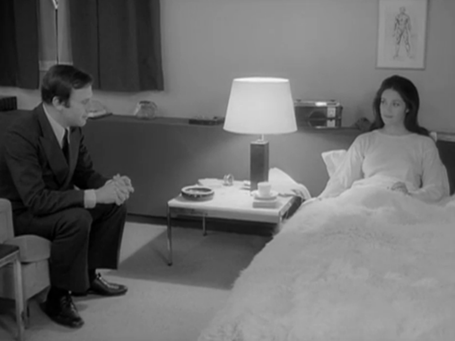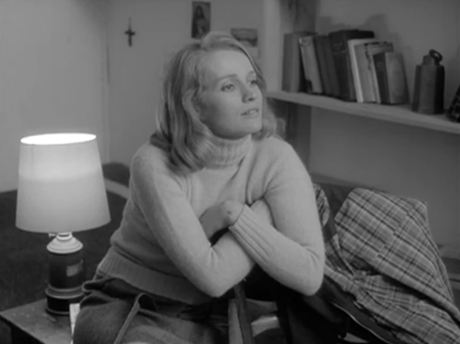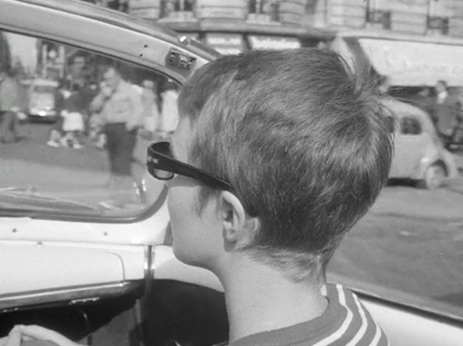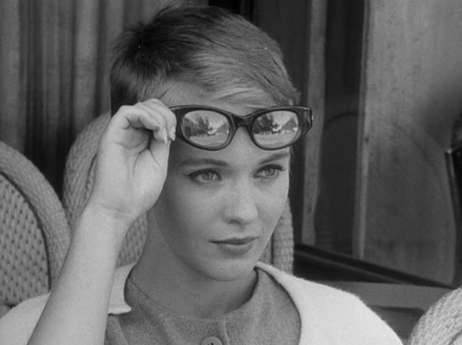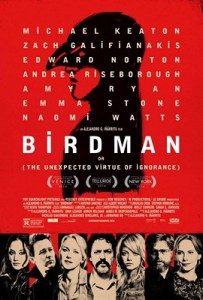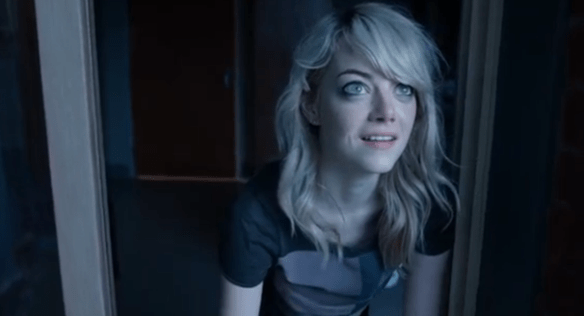“Times had changed. It was the age of James Bond and Vietnam.”
The film opens with a casual conversation between two young people: the young man, Paul (Jean-Pierre Leaud), bugs the girl, Madeleine (Chantal Goya), sitting across the way. Then, this conversation between young people in a cafe gets rudely interrupted by a marital spat that ends in a gunshot. Surely these are Godard’s proclivities at work.
One could say form follows function. Masculin Feminin is another reminder of how literary his cinema is. We often think of his films for their visual aesthetic thanks to the likes of Raoul Coutard (or Willy Kurant here). There’s no denying this, but they are always so pregnant with ideas and thoughts, some fully formed others feel like they were scribbled out on a notepad (because they were). It’s a task to be inundated with it all as he willfully challenges any level of perspicuity.
However, whether you venerate or loathe Godard, his cinema is a tapestry woven together from all his influences. It feels like dialectical cinema where everything is a symposium of love, arts, and politics as young people converse with explosive intertitles blasting away between scenes. But that doesn’t mean everything is a logical progression. Godard gives himself license to follow every passing whim.
Other times it’s uncomfortably direct. Leaud as his avatar starts interrogating Madeleine as she powders her face, but he gets away with it, since he’s always idealistic and a bit of a romantic. He asks her, “What’s the center of the world?” When pressed, he thinks it’s “Love” and she would have said “Me.”
Eventually, he spends more time with her and gets to know her roommates too, and he finds a new job polling the public. Leaud “polls” Ms. 19 giving her a line of probing, deeply personal questions. Later, he has a whole conversation about mashed potatoes and a father discovering how the earth orbits around the sun.
Godard is always in conversation with the films that inform him, but with Masculin Feminin we see a much broader acknowledgment and exploration of the contemporary culture. Madeleine’s meteoric rise as a Ye-Ye singer finds her on the charts in Japan only surpassed by The Beatles, Frances Gall, and Bob Dylan. Not bad!
That’s also not to say Godard gives up being in dialogue with films as well, including his own, which had become part of the cultural conversation in their own right. Bridgitte Bardot (from Contempt) shows up receiving notes from her director. Madeleine playfully chastises her beau, “You’re not Pierro Le Fou. He stole cars for his woman!”
Later, they sit in a darkened theater together watching a perturbing arthouse movie:
“We went to the movies often. The screen would light up, and we’d feel a thrill. But Madeline and I were usually disappointed. But Madeline and I were usually disappointed. The images were dated and jumpy. Marilyn Monroe had aged badly. We felt sad. It wasn’t the movie of our dreams. It wasn’t the total film we carried inside ourselves. That film we would have liked to make, or more secretly, no doubt, the film we wanted to live.”
If this doesn’t sum up the aspirations of the youth in front of the camera staring up at the screen within the screen, it must hold true for the young batch of filmmakers who Godard himself came up with. It’s a perplexing bit of dialogue and one of the most apparently self-reflexive and personal annotations within the entire picture.
As is, all of Godard’s male heroes and stand-ins feel dense although Leaud is always miraculously able to pull off some boyish prank or a bit of mischief and still maintain some semblance of relatable humanity.
Otherwise, how could girls ever put up with these guys much less love them? All the young women are pestered to no end and rendered endearing for all they must endure. I think of Ms. 19 and Elisabeth (Marlene Joubert) in particular. We pity them.
What do we do with the totality of this picture? From experience, you usually run into issues when you try and find the narrative arc or a conventional form to follow. Because Godard’s films boast so much in ideas, asides, and digressions. There’s so much to be parsed through and digested.
It’s easier to follow impressions, a train of thought here, or a standalone scene there that left some sort of tangible impact. In the social tumult and the moral morass of the 1960s, it’s almost as if within the collage of the film, we’ll find some substantive meaning. Then, again maybe not.
Leaud walks down the street with a girl and pops into a cafe for a moment only to come back out. He continues to walk and says, “Kill a man and you’re a murderer. Kill thousands and you’re a conqueror. Kill everyone and you’re a God.”
She responds, “I don’t believe in God.” Frankly, I don’t blame her, and if that’s the world’s conception of who God is, I wouldn’t want that God either. Still, we all try and answer existential questions with something, be it politics, pop songs, or fleeting teenage romance.
I read Godard’s film was restricted to adult viewers, but he probably thought he was doing a public service announcement for the youth generations in his own individual attempt to put a voice to the times. Whatever your thoughts on Godard or Coca Cola and Marx, alongside British Swinging London time capsules, Masculin Feminin helps capture this particular moment of ’60s European culture in a bottle.
It feels increasingly difficult to reconcile all the warring forces fighting for primacy and as a young person just trying to find love and make sense of one’s life, it’s never easy. We have more questions than answers. However imperfectly, Masculin Feminin synthesizes some aspects of this universal phenomenon, one that’s not totally restricted by time. We can all relate to this idea as long as we were young once.
4/5 Stars
Note: This review was written before the passing of Jean-Luc Godard on September 13, 2022.





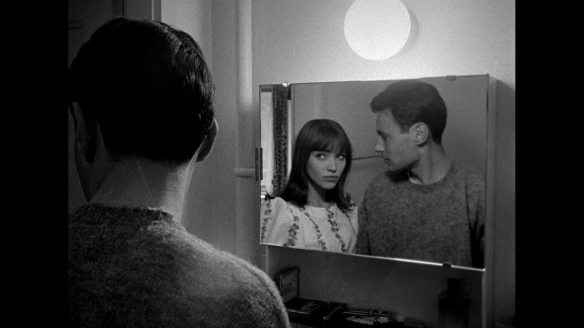

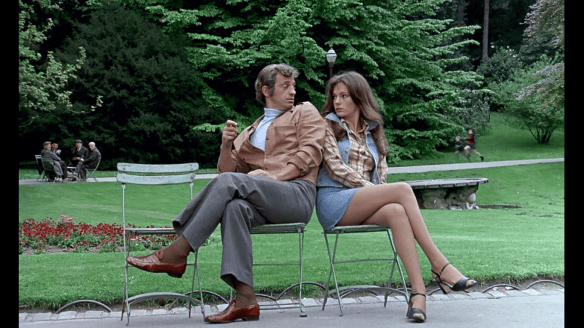
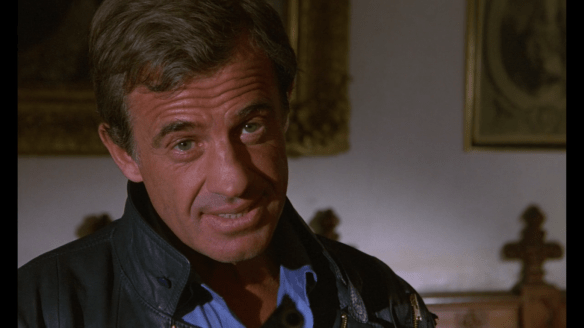
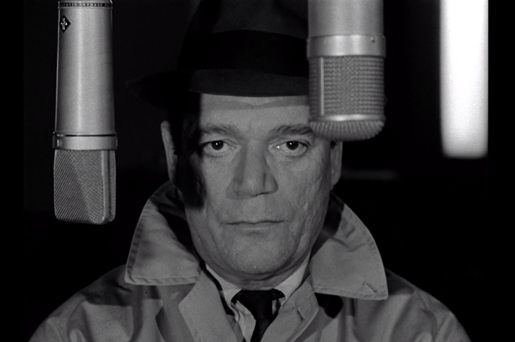

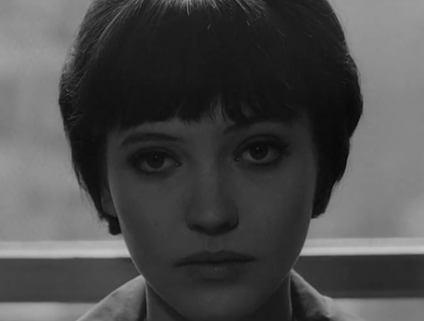 The opening credits of Vivre sa Vie commence with the opening note “dedicated to B-movies” and indeed many of Jean-Luc Godard’s best films could make the same claim. They’re smalltime stories about little people living rather pathetic lives if you wish to be brutally honest. This isn’t Hollywood.
The opening credits of Vivre sa Vie commence with the opening note “dedicated to B-movies” and indeed many of Jean-Luc Godard’s best films could make the same claim. They’re smalltime stories about little people living rather pathetic lives if you wish to be brutally honest. This isn’t Hollywood. It’s a joy to watch Agnes Varda dance. Or, more precisely, it’s a joy to watch her camera dance. Because that’s exactly what it does. Her film opens in color, catching our attention, vibrant and alive as the credits roll and a young woman (Corinne Marchand) gets her fortune read by an old lady. She’s worried about her fate. We can gather that much and this is her way of coping. Superstition and tarot cards but she’s trying and the results are not quite to her fancy.
It’s a joy to watch Agnes Varda dance. Or, more precisely, it’s a joy to watch her camera dance. Because that’s exactly what it does. Her film opens in color, catching our attention, vibrant and alive as the credits roll and a young woman (Corinne Marchand) gets her fortune read by an old lady. She’s worried about her fate. We can gather that much and this is her way of coping. Superstition and tarot cards but she’s trying and the results are not quite to her fancy. One of Jean-Luc Godard’s strengths is his capability of feigning pretentiousness, while still simultaneously articulating humor. His film opens with its first of many inter-titles, “A film adrift in the cosmos,” followed by the equally poignant “A film found in a dump.”
One of Jean-Luc Godard’s strengths is his capability of feigning pretentiousness, while still simultaneously articulating humor. His film opens with its first of many inter-titles, “A film adrift in the cosmos,” followed by the equally poignant “A film found in a dump.” Conflagrations engulf cars and human bodies while above the din comes the piercing screams of a woman bemoaning the loss of her Hermes handbag. We cannot take this anyway but humorous because it once again is yet another moment of utter insanity.
Conflagrations engulf cars and human bodies while above the din comes the piercing screams of a woman bemoaning the loss of her Hermes handbag. We cannot take this anyway but humorous because it once again is yet another moment of utter insanity.